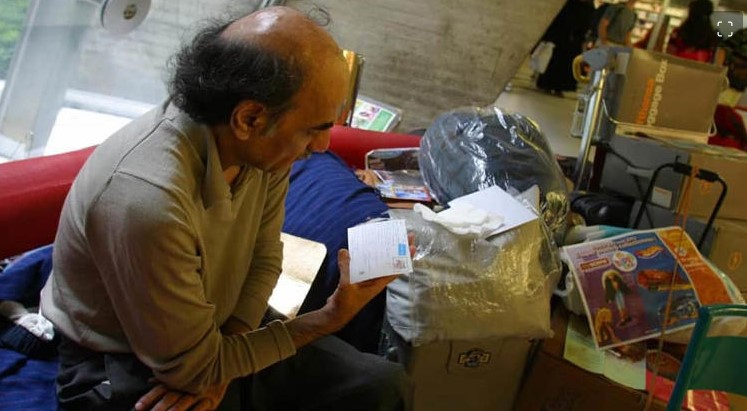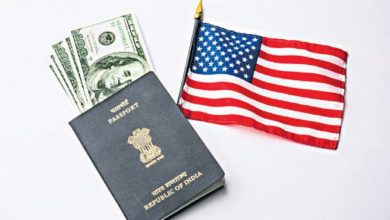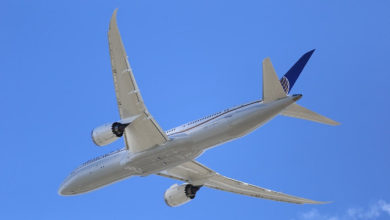Meet Mehran Karimi Nasseri: Iranian Refugee who lived at Paris Airport for 18 years
Mehran Karimi Nasseri is a man well-known in closed doors of aviation quarters. His life is widely considered to be the inspiration behind the 2004 Hollywood movie “The Terminal,” starring Tom Hanks. In the movie, global star played a role of an Eastern European man who was refused an entry to the United States due to war in his country and was stuck in New York’s John F. Kennedy Airport (JFK). His role was inspired from real-life experience of Mehran Karimi Nasseri, who lived at the Paris Charles de Gaulle Airport (CDG) for 18 years.
About Mehram Karimi Nasseri
As per a report on Simple Flying, Mehram Karimi Nasseri was born in Masjed Soleiman, Iran to an Iranian doctor and a Scottish nurse and lived a well-off life in the oil-rich city. He arrived in the United Kingdom in 1973 to study Yugoslav studies at the University of Bradford in West Yorkshire. However, he was expelled from Iran after returning to the Middle Eastern Country in 1977 after protesting the rule of ‘The Shah’.
Karimi was awarded the status of refugee in Belgium by the United Nations High Commissioner for Refugees in Belgium after he applied to many countries to let him enter their territory. Iran has refuted the claims made by Nasseri and investigations showed that he was never expelled from Iran.
Mehram Karimi Nasseri in France
With assylum being granted to Mehram Nasseri in Belgium, the Iranian decided to live in the United Kingdom, his mother being British. En route to UK from France, Nasseri lost his documents, with him being claiming that the papers were lost after someone allegedly stole his briefcase. Some claim that Nasseri mailed his documents to Brussels while onboard a ferry and made up the story about them being stolen.
Undeterred, Nasseri boarded a flight to London, but with no papers to identify himself, he was promptly returned to France. Now back in France, he was arrested by the French authorities but then released as his being in the airport was legal, and he had no country to return to.
A French human rights lawyer took up his case
And so Nasseri’s life in Terminal 1 began. Christian Bourget, a French human rights lawyer, agreed to take his case, and in 1992 a French court ruled that he could not be extradited as he had entered the country legally. The ruling did not allow him to enter France though, leaving him stuck at the airport.
His lawyer then attempted to get travel documents issued from Belgium, but the authorities in Brussels said that would only be possible if Nasseri presented himself in person. In 1995, he was granted permission to travel to Belgium under the condition that he live under the supervision of a social worker. Nasseri refused the offer, saying that he wanted to live in the UK as he had initially planned to do.
Even France decided to grant Nasseri residence, yet he refused to sign the paper as they listed his nationality as Iranian when he wanted to be British and go by the name “Sir Alfred.” By this time, Bourget was frustrated by his client’s refusal to accept the Belgium and French residency offers. When questioned why he did not accept the offers, his lawyer said Nasseri was living the life he wanted.
Nasseri left the airport in 2007
Nasseri’s stay at the airport ended in July 2006 when he was hospitalized until January 2007. When discharged from the hospital, he was cared for by a branch of the French Red Cross. They put Nasseri up in a hotel near the airport, where he stayed until being transferred to a charity reception center in Paris’s 20th arrondissement. During his 18-year stay at the airport, Nasseri had his luggage at his side and lived off the generosity of airport workers, who provided him with food and reading materials.
In 2003, Nasseri was contacted by Steven Spielberg’s DreamWorks production company and paid $250,000 for the rights to his story. In the end, though, Spielberg did not use Nasseri’s story but kept the initial plot for the film “The Terminal.”








